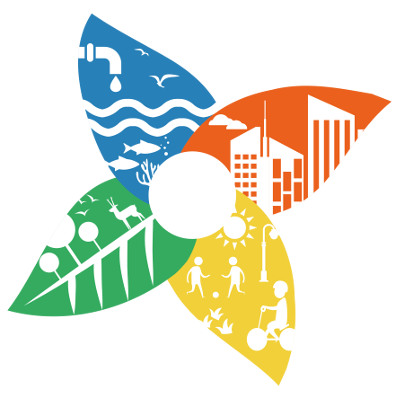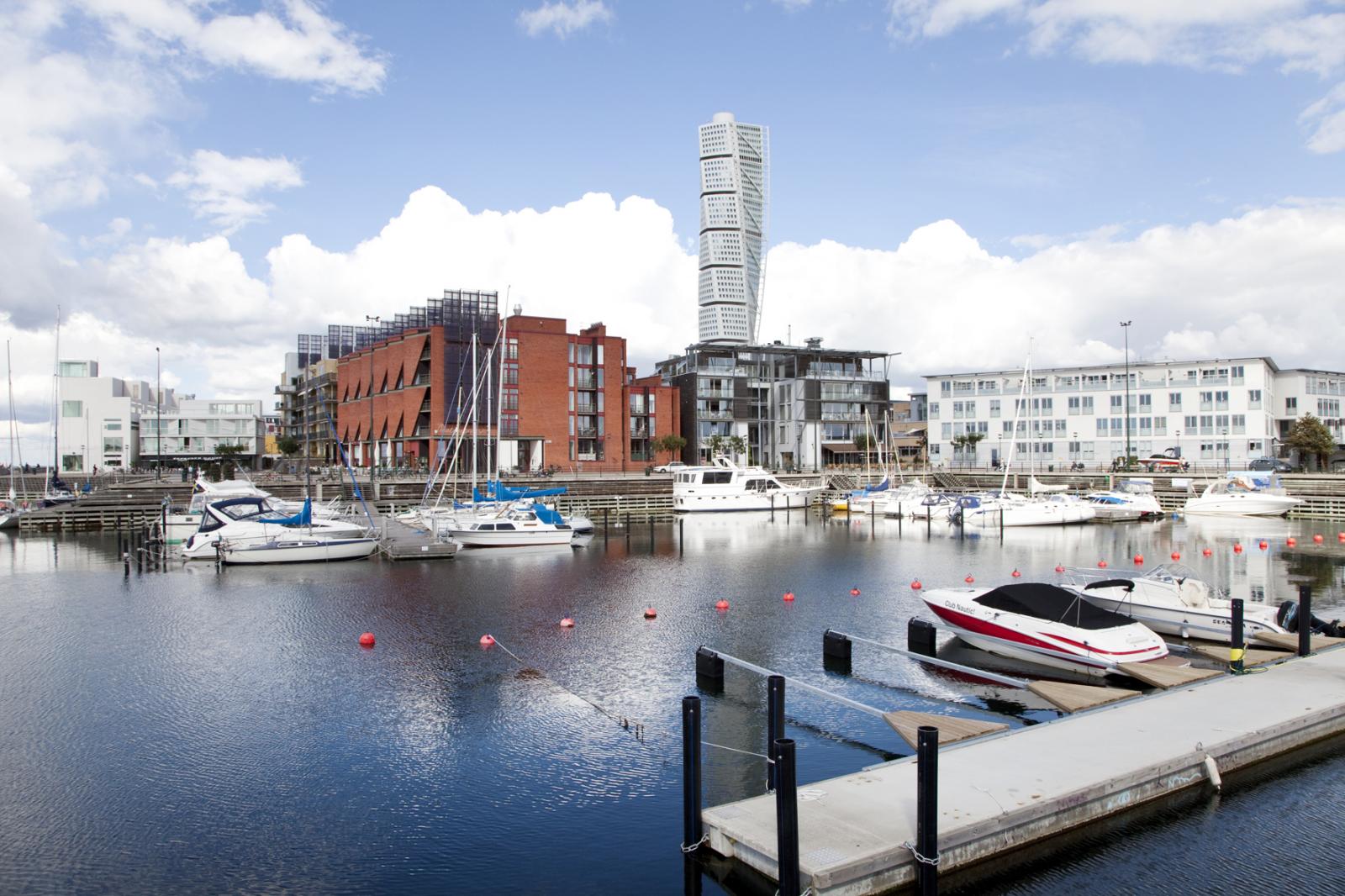Malmö
There are several flagship examples of nature-based solutions in Malmö. Firstly, “Bo01 in the Western Harbour”, which is a brownfield sustainable urban development initiated in 2000 as a housing exhibition with the theme “City of Tomorrow in the ecologically sustainable information and welfare society”, involving green- roofs and walls, open storm water management and Biotope Area Factor. Secondly, “Ekostaden Augustenborg”, one of Sweden’s largest urban sustainability projects, consisted of an extensive urban renovation program which transformed an area suffering from unemployment, energy inefficiency and regular seasonal flooding due to an inadequate drainage system also causing health problems into an ecologically, socially and economically sustainable city district. The flooding problems were solved with green roof vegetation and an integrated open storm water management system.
The MALMÖ Urban-Regional Innovation Partnership (URIP) is convened by the City of Malmö and Lund University. Together, they have been bringing together stakeholders from 7 public and private organizations to mainstream the use of nature-based solutions in Malmö. In 2017, the partnership mapped NBS interventions and opportunities, finding that NBS need to be communicated more comprehensively amongst stakeholders, their impacts and challenges assessed, and governance arrangements further explored. In general, NBS should aim at also tackling socio-economic problems in Malmö. In 2018, the URIP has developed an innovative vision for NBS in relation to densification of urban greenery and under-water options based on the mechanism of land allocation competition and discussions with different local stakeholders. The group has determined the New Harbour as a potential site for testing the environmental compensation principle.

